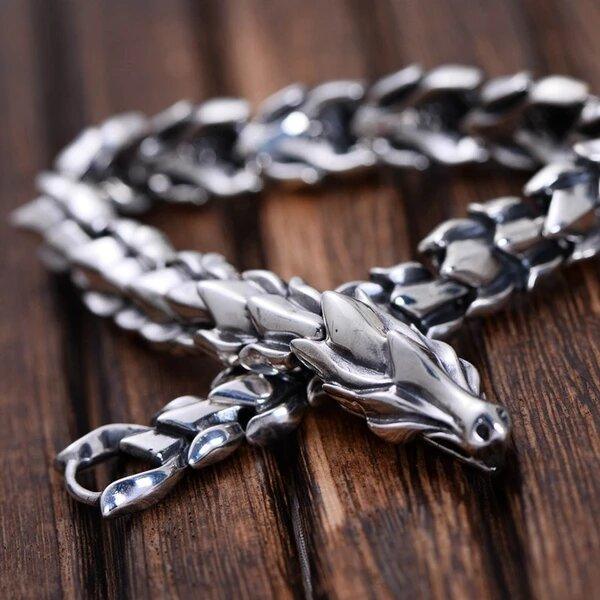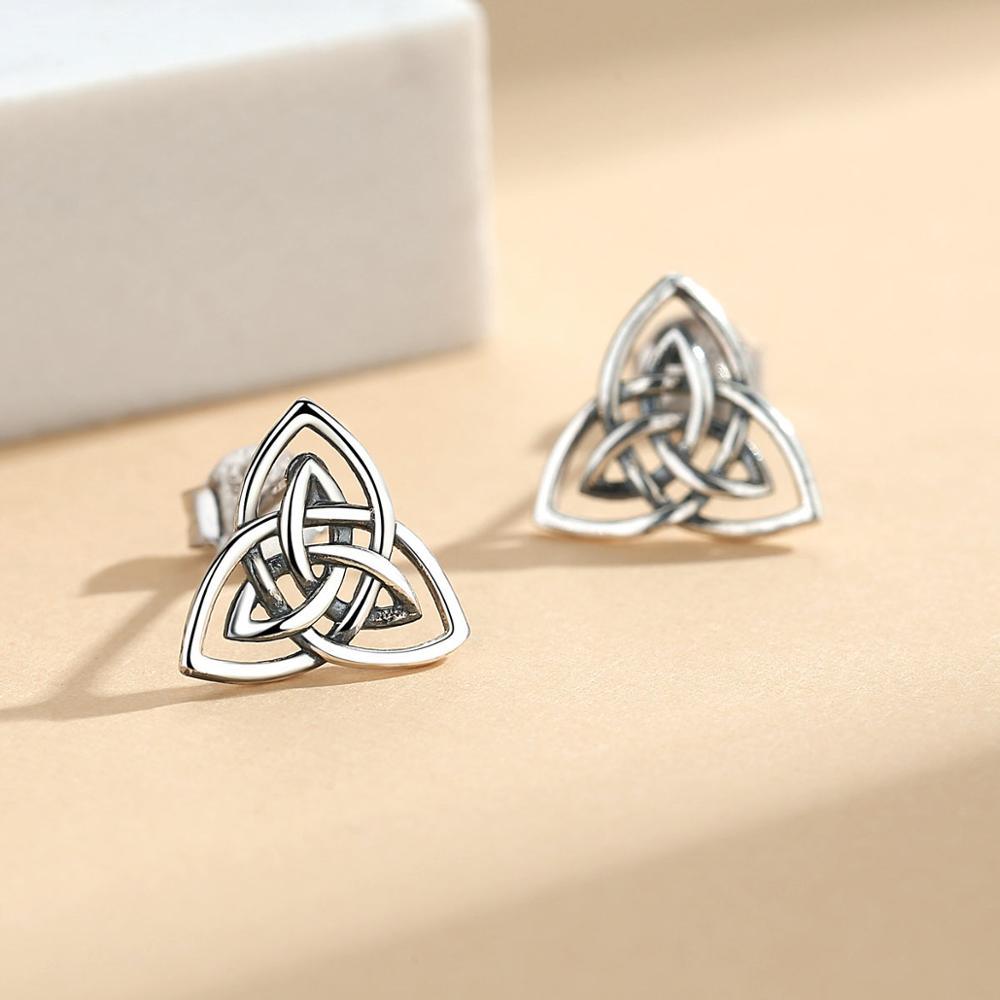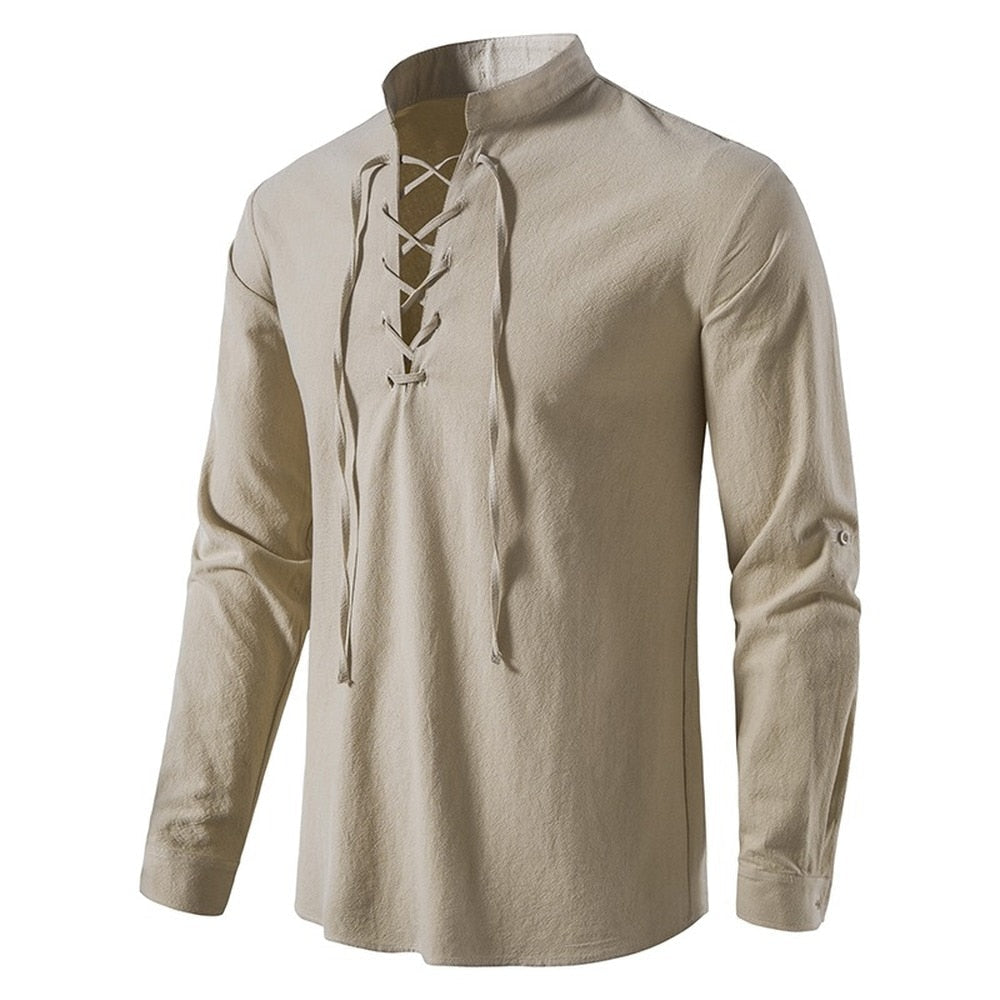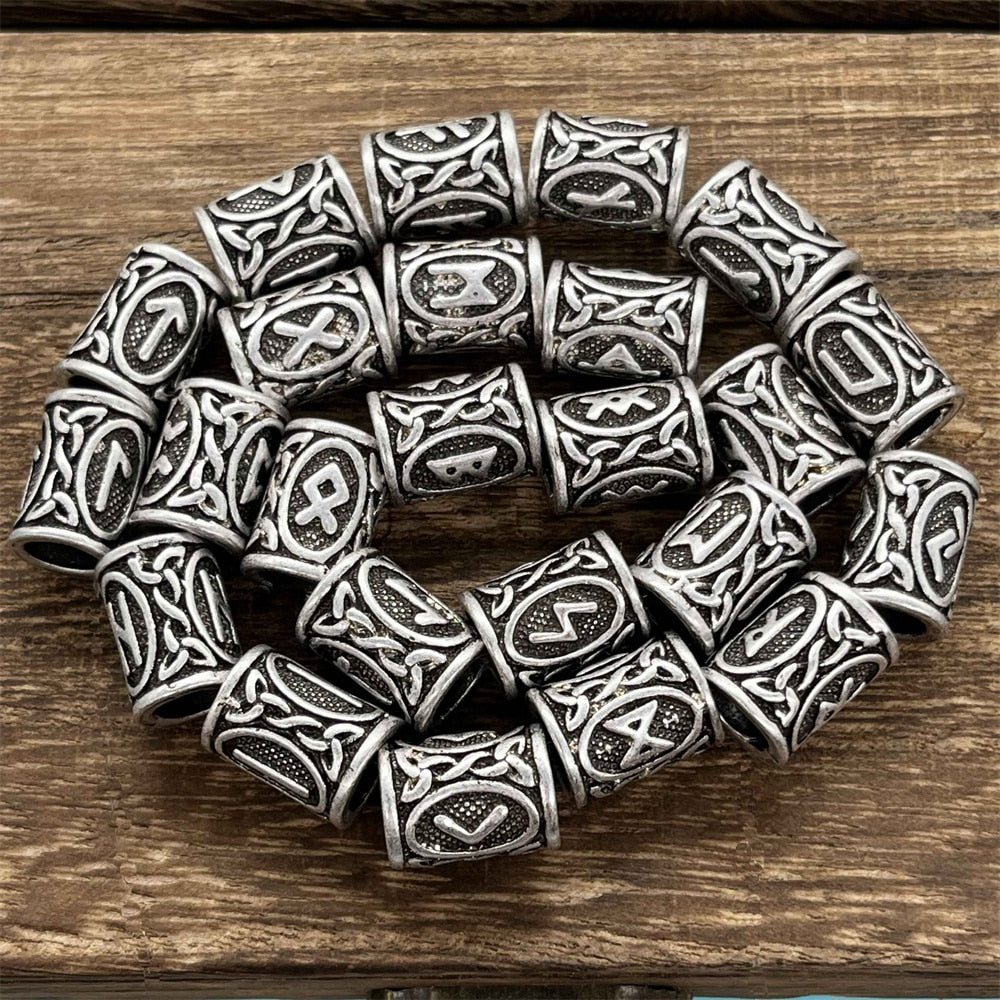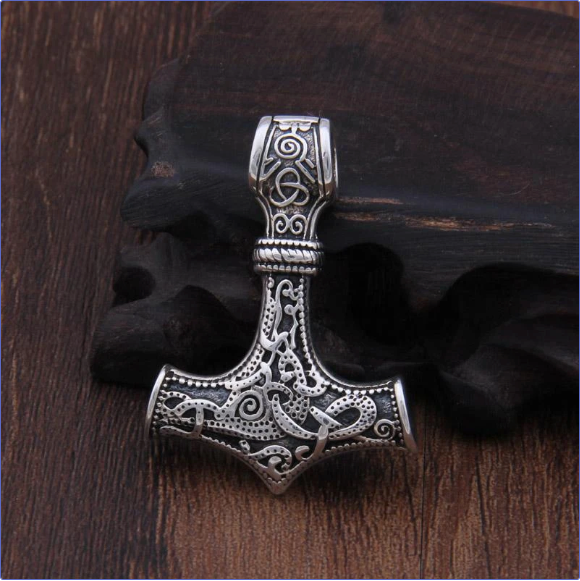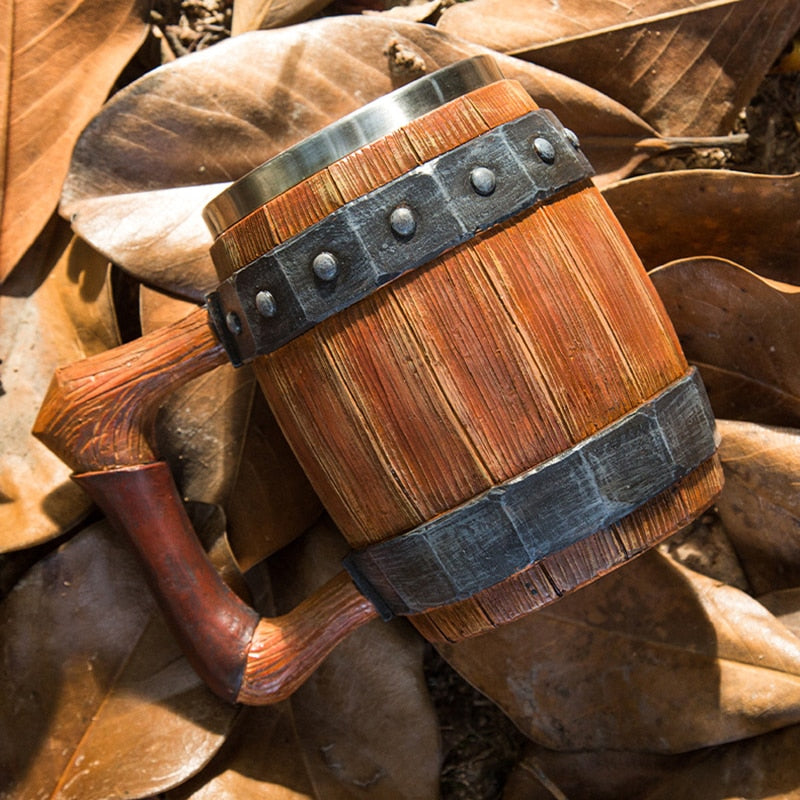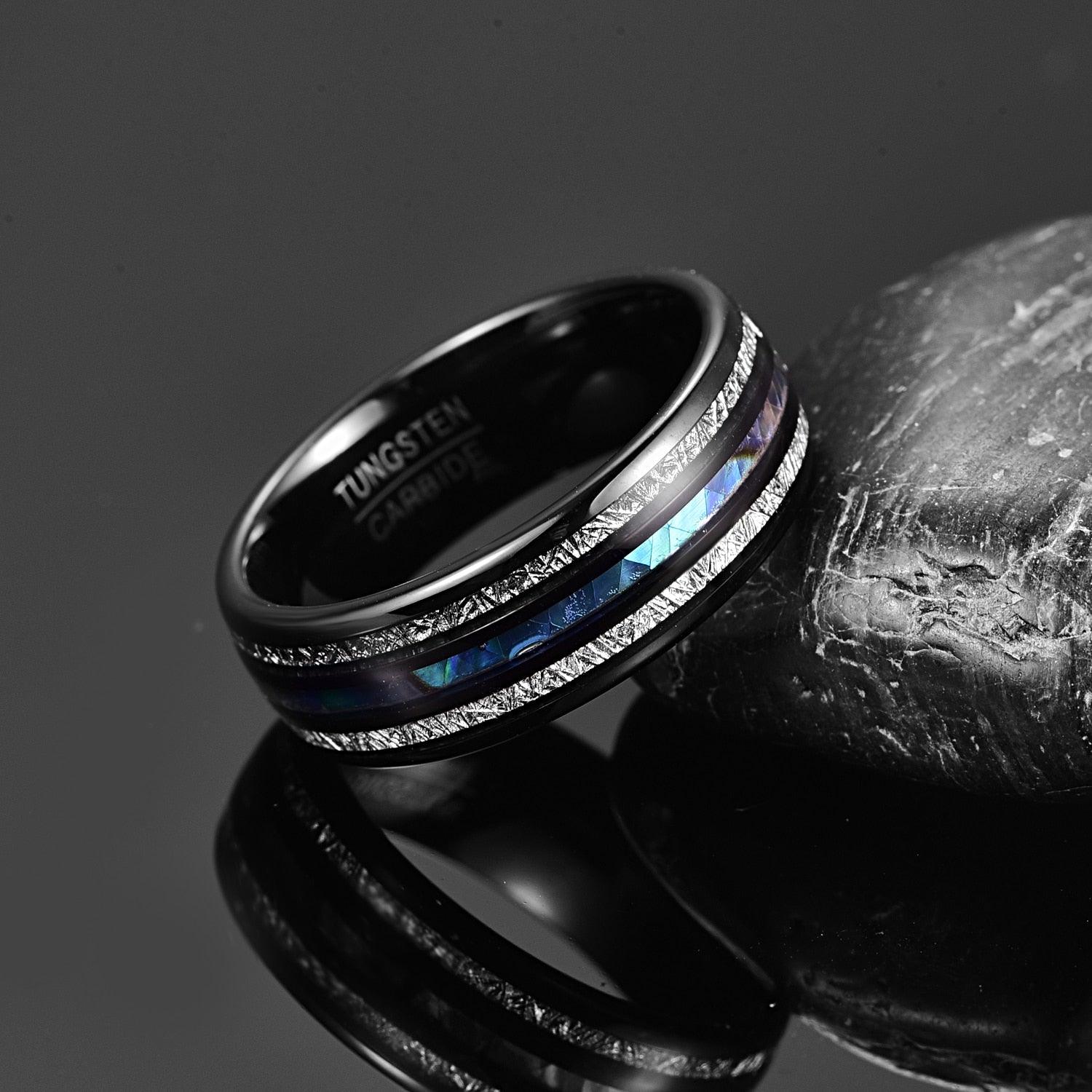Among the many heroes who stride through the ancient mists of Norse mythology, none stands taller or shines brighter than Sigurd the Dragon Slayer. His tale, the slaying of the dragon Fafnir, the winning of cursed treasure, and the tragic downfall that follows, weaves together themes of courage, greed, destiny, and betrayal. This myth is one of the oldest and most powerful stories from the Germanic North, preserved in the Poetic Edda, the Völsunga saga, and the Nibelungenlied. Sigurd’s name resounds across centuries as the archetype of the dragon-slaying hero whose triumph contains the seeds of his own doom.

The Roots of the Legend
The story of Sigurd (known as Siegfried in the Germanic version) originates in the Völsung Cycle, a series of heroic sagas preserved in Icelandic manuscripts from the 13th century but rooted in oral traditions dating back to the Viking Age or earlier. The Völsunga saga recounts the lineage of the Völsung family — a dynasty marked by divine ancestry, valor, and tragedy. Sigurd, son of Sigmund and Hjördis, is born after his father’s death in battle and raised by the wise smith Regin, who becomes his mentor and guide.
From the beginning, Sigurd’s destiny is extraordinary. His sword, Gram, forged by Regin from the shattered fragments of his father’s blade, is said to be so sharp it can cleave an anvil in two. Yet Sigurd’s greatest challenge comes not from men or kings but from a monstrous dragon — the avaricious Fafnir.
Fafnir: The Greedy Dragon
Fafnir was not always a dragon. He was once a dwarf, the son of Hreidmar, and brother to Regin and Ótr. The three brothers’ fates were forever changed when the gods Loki, Odin, and Hœnir accidentally killed Ótr, who had taken the form of an otter (read more about The Curse of Andavri's Ring here). To atone for the killing, the Gods paid a ransom of gold, filling and covering Ótr’s skin. However, among the gold was a cursed ring, Andvaranaut, stolen from the dwarf Andvari, who had cursed it to bring ruin to all who possessed it.
Blinded by greed, Fafnir murdered his father and took the entire hoard for himself. To guard his treasure, he transformed into a dragon — the ultimate symbol of hoarded wealth and destructive avarice. His monstrous form, described as serpentine and venomous, came to embody the corrupting power of greed itself.

The Slaying of Fafnir
Regin, desiring the treasure for himself, incited Sigurd to kill Fafnir. With cunning and bravery, Sigurd prepared for the confrontation. Following Regin’s advice, he dug a pit along the dragon’s path to the water source, hiding within it as Fafnir slithered by. When the dragon crawled overhead, Sigurd thrust Gram upward into Fafnir’s belly, delivering a mortal wound.
As Fafnir lay dying, the dragon warned Sigurd that the gold was cursed and would bring about his death. Sigurd, unmoved by fear, declared that every man must face death, and that it was better to die with honor than live in cowardice. The conversation between Sigurd and the dying Fafnir — often rendered in poetic dialogue — reflects one of the great philosophical moments of Norse myth, in which courage, fate, and doom are all intertwined.
After the slaying, Sigurd roasted the dragon’s heart for Regin, but when he touched it to test if it was done, the dragon’s blood burned his finger. Instinctively putting his finger to his mouth, Sigurd tasted the blood — and immediately gained the ability to understand the speech of birds. Overhearing them whisper that Regin planned to kill him, Sigurd acted first, slaying his treacherous mentor. He then claimed the treasure for himself and rode away on his horse Grani, descended from Odin’s own steed, Sleipnir.
The Curse of the Treasure
Despite his valor, Sigurd could not escape the curse of Andvaranaut. His later life, told through both Norse and Germanic traditions, unfolds in tragic grandeur. In the Völsunga saga, Sigurd awakens the valkyrie Brynhildr from an enchanted sleep surrounded by fire, and they swear eternal love. But through deceit and betrayal, Sigurd is tricked into marrying another woman, Gudrun, and helping his brother-in-law Gunnar win Brynhildr instead. When the truth is revealed, Brynhildr’s fury leads to Sigurd’s death — murdered in his sleep — and her own self-inflicted demise upon his funeral pyre.
Thus ends the saga of the dragon slayer: not in triumph, but in the inescapable tragedy that shadows all heroes of Norse myth. Even the mightiest cannot escape wyrd, the web of fate.

Symbolism and Legacy
The tale of Sigurd and Fafnir resonates far beyond its medieval origins. The image of the dragon-slaying hero has become a universal archetype, echoing through countless later legends — from Saint George and the Dragon to Tolkien’s The Hobbit. J.R.R. Tolkien, deeply influenced by the Völsunga saga and the Poetic Edda, modeled the confrontation between Bilbo and Smaug on Sigurd’s encounter with Fafnir. The theme of greed’s corrupting influence, embodied in Fafnir’s transformation, remains one of the most enduring moral lessons in Western storytelling.
Psychologically, Fafnir can be understood as the shadow self, the monstrous embodiment of greed and self-destruction that every hero must confront. By slaying the dragon, Sigurd overcomes both external danger and inner corruption — but by claiming the cursed treasure, he internalizes that corruption anew. This duality captures the essence of the human struggle between courage and temptation.
In the Norse worldview, heroism does not grant escape from fate. Instead, it gives meaning to inevitable death. Sigurd’s fearlessness before Fafnir, and his acceptance of the curse, mirror the Viking ideal of living boldly despite certain doom — a theme also found in Beowulf and the later Germanic Nibelungenlied.
Sigurd in Art and Culture
Throughout the Middle Ages, Sigurd’s legend spread across Europe, inspiring runestones in Sweden (such as the Ramsund carving, which depicts the dragon-slaying scene) and epic poems in Germany. The Nibelungenlied reimagined him as Siegfried, a courtly hero whose tale was later adapted in Richard Wagner’s monumental 19th-century opera cycle, Der Ring des Nibelungen. Wagner’s reinterpretation, blending Norse and Germanic sources, introduced the myth to modern audiences and influenced art, music, and literature worldwide.
Even today, Sigurd’s tale endures in novels, comics, and fantasy games. His story speaks to an eternal truth: that courage and greed, love and betrayal, glory and doom are bound together in the fabric of human existence.

The story of Sigurd and Fafnir stands as a cornerstone of Norse heroic myth — a rich tapestry of bravery, tragedy, and timeless symbolism. Sigurd’s slaying of the dragon is not merely an act of heroism but a confrontation with fate itself. Fafnir’s hoard, glittering and cursed, reminds us that all treasures come at a price, and that even the greatest triumphs can carry within them the seeds of destruction.
From the windswept sagas of medieval Iceland to the pages of modern fantasy, the dragon-slayer’s legacy burns as brightly as ever. In every retelling, Sigurd’s courage, Fafnir’s greed, and the curse that binds them continue to capture the imagination — a testament to the enduring power of myth to illuminate the human condition.
Bibliography
Byock, Jesse L. (Trans.) The Saga of the Volsungs: The Norse Epic of Sigurd the Dragon Slayer. University of California Press, 1990. ISBN: 9780520068550
Orchard, Andy. Dictionary of Norse Myth and Legend. Cassell, 1997. ISBN: 9780304363796
Larrington, Carolyne (Trans.) The Poetic Edda. Oxford University Press, 2014. ISBN: 9780199675340





